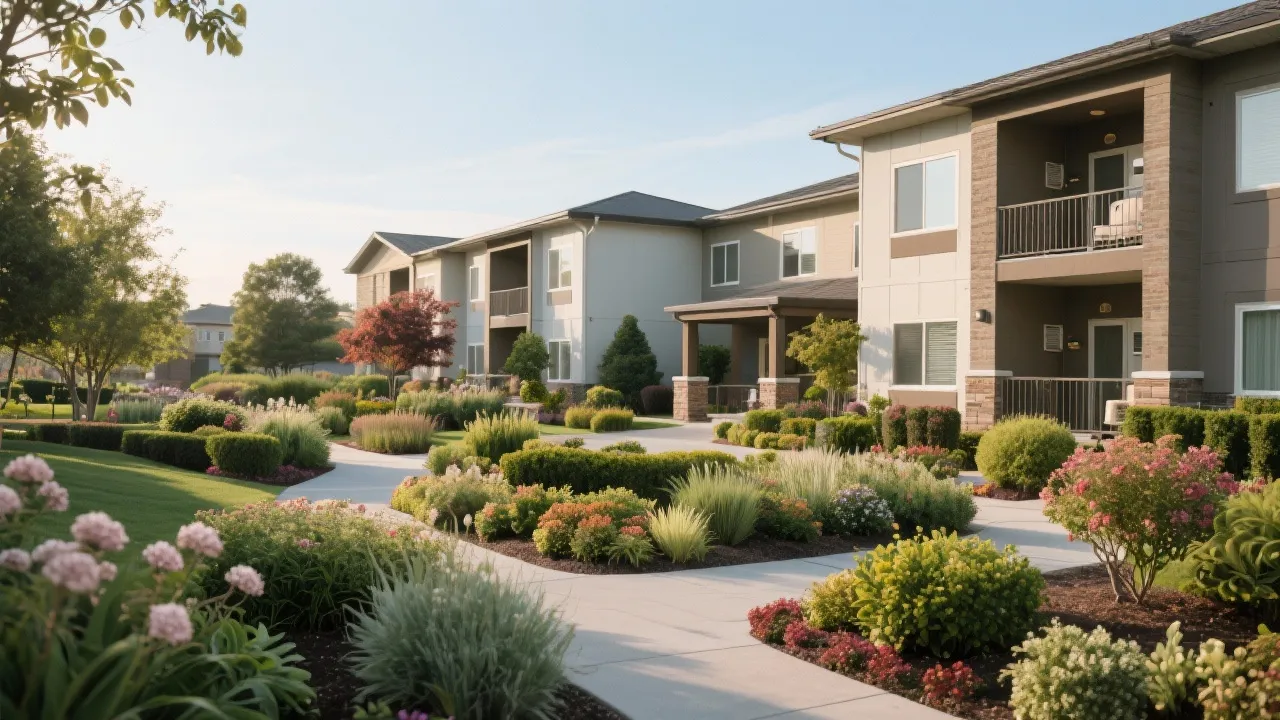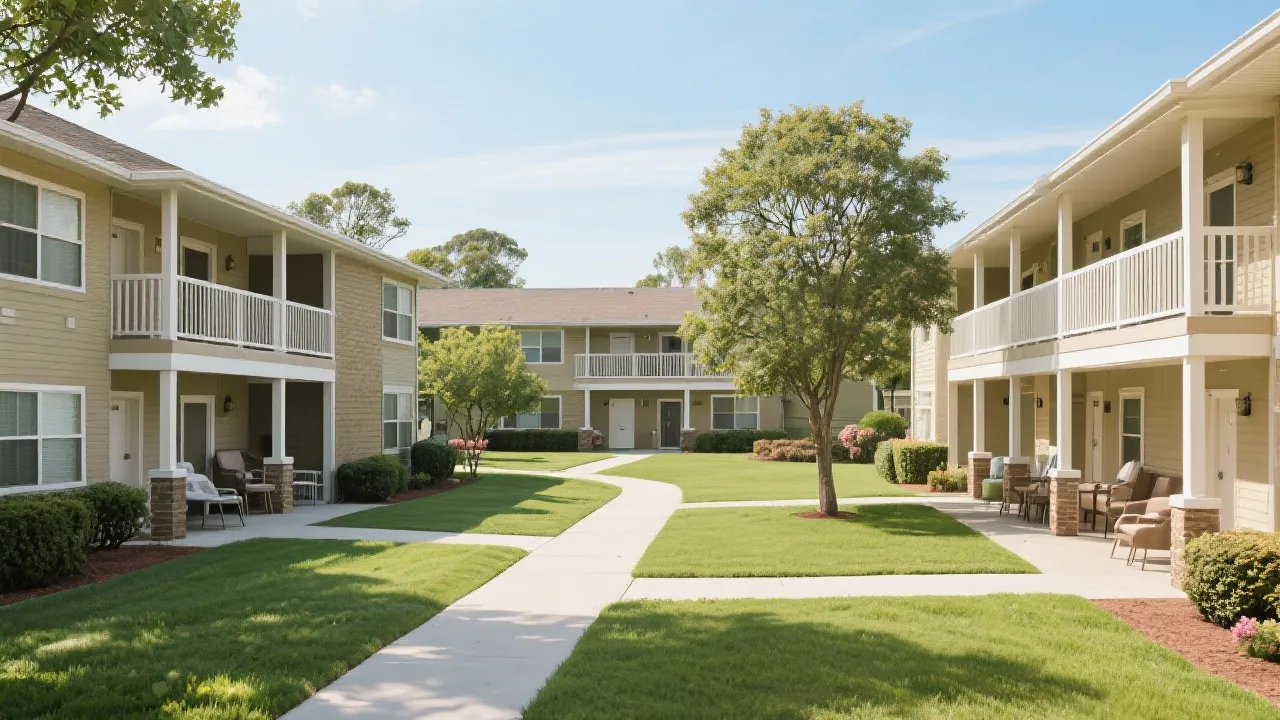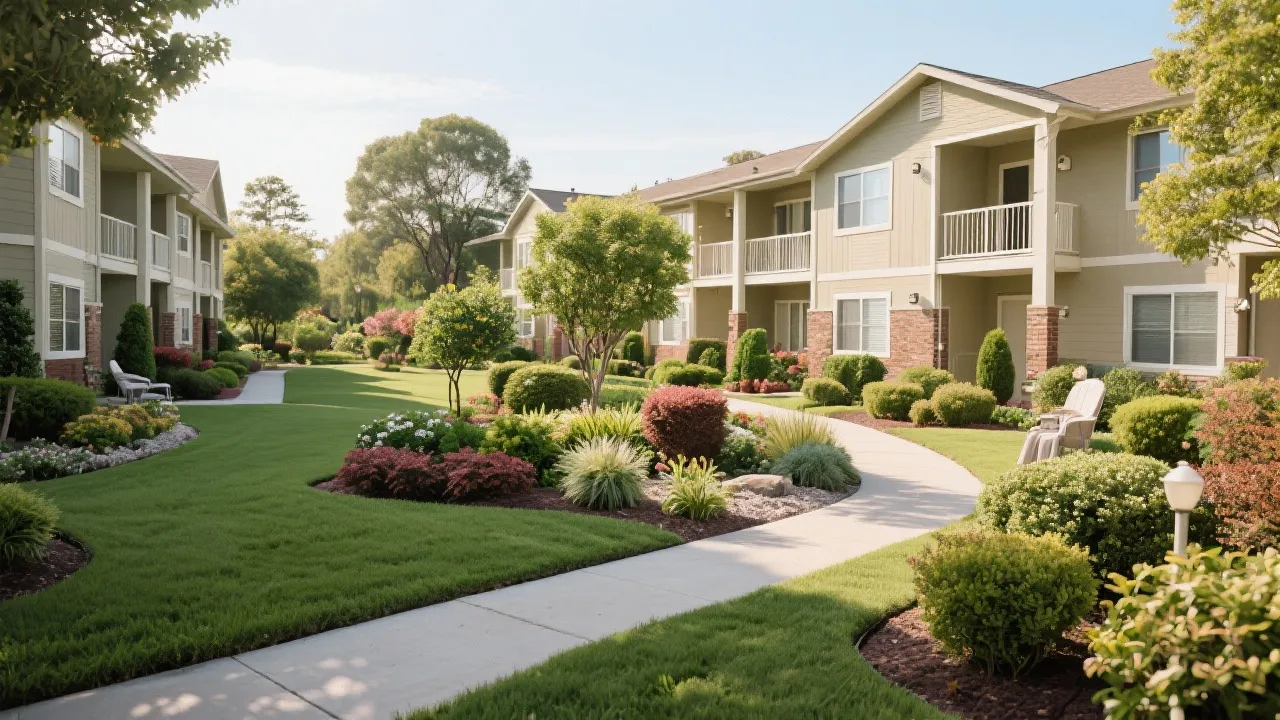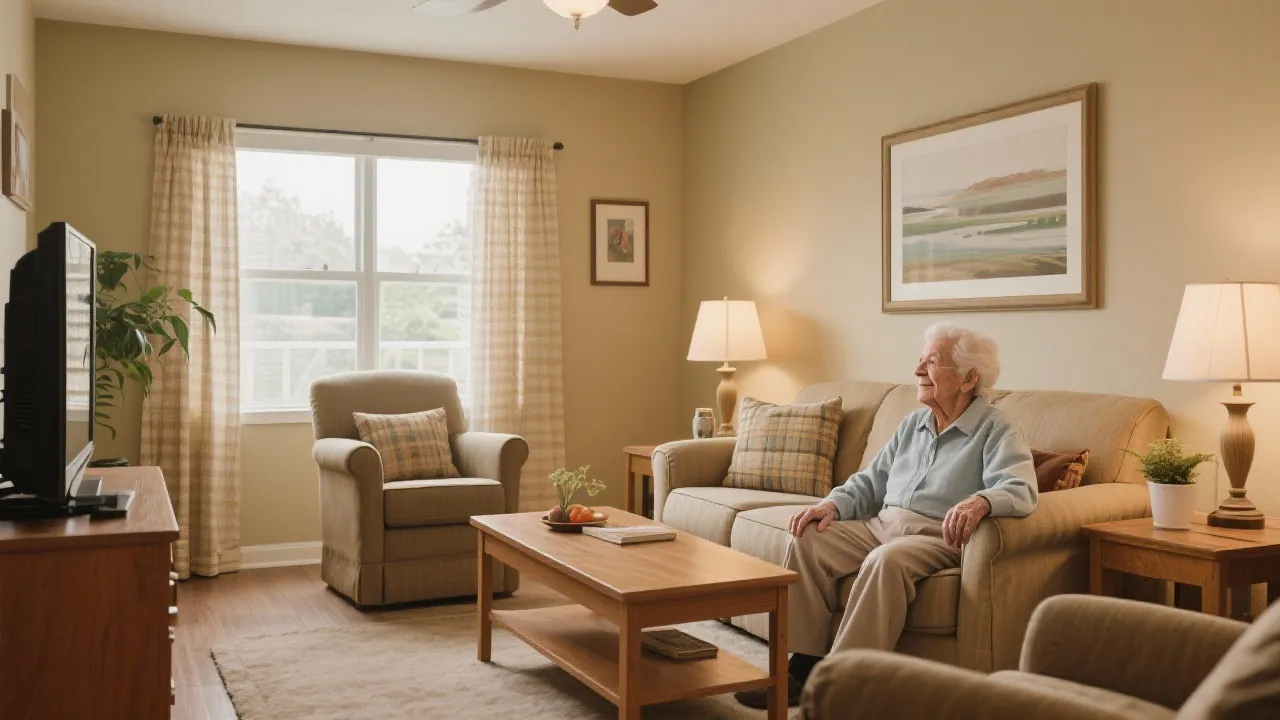Understanding Affordable Senior Apartments
This article delves into the intricacies of finding affordable apartments for seniors based on income. As the senior housing market evolves, multiple organizations offer resources to navigate options that cater to varying financial needs. Through detailed guides, this piece explores strategies to identify optimal senior living solutions, emphasizing affordable housing options across various English-speaking nations.

Navigating Affordable Senior Apartments
As people age, the need for comfortable and accommodating housing becomes increasingly significant. Apartments for seniors based on income are a growing necessity, providing affordable living solutions to enhance well-being and support financial limitations. Various organizations and resources exist to assist in finding these economical options, particularly across English-speaking countries. These resources are essential not only for locating housing but also for understanding the different types of housing opportunities available for seniors.
Understanding the Housing Landscape
The housing sector for seniors is distinct, often requiring personalized solutions considering health, mobility, and budget constraints. As individuals approach their retirement years, many find themselves on fixed incomes. Affordable housing typically applies to seniors with limited incomes, offering assistance or subsidies to make living costs manageable. These apartments encompass independent living units tailored to seniors' needs, providing security and access to vital services. In recognizing the nuanced housing necessities, it is crucial to understand the types of accommodations that are available to seniors.
Types of Senior Housing
The types of senior housing range from independent living situations to more monitored care facilities. Understanding these options is vital in making an informed decision about lifestyle and budget. Here are some common types of senior housing available:
- Independent Living: These units provide seniors with the independence of living on their own while having access to amenities tailored for older adults. These can be apartments or community settings where socialization is encouraged.
- Assisted Living: This option is ideal for seniors who need some assistance with daily activities but do not require full-time medical care. It includes meals, transportation, and personal care assistance.
- Nursing Homes: For seniors who require more intensive medical care and supervision, nursing homes provide full healthcare services along with personal care.
- Memory Care: Specially designed for seniors suffering from dementia or Alzheimer’s, these facilities provide a secure environment along with specialized support.
- Continuing Care Retirement Communities (CCRC): These communities offer a continuum of care, encompassing independent living, assisted living, and nursing care within a single community setting.
Understanding these different categories is key, as they determine the type of services and social engagement available to seniors, guiding individuals and families in making decisions that best suit their needs.
Available Resources and Organizations
Several reputable organizations assist seniors in finding suitable housing solutions. In the United States, organizations like the American Association of Retired Persons (AARP) offer extensive resources about senior living options, from independent to assisted living. SeniorLiving.org provides comprehensive directories and information on pricing and amenities while the National Senior Citizens Law Center (NSCLC) advocates seniors' rights, including housing. Additionally, organizations such as the U.S. Department of Housing and Urban Development (HUD) also play a vital role in providing information on senior housing options, emphasizing affordable living solutions.
In Australia and the United Kingdom, similar associations provide guides and directories. They highlight affordable senior living options, sometimes offering navigational resources to comprehend the financial aspects of senior housing. Such resources are invaluable for helping seniors make informed choices that cater to their lifestyle preferences and financial situations. Here are some prominent organizations that can be consulted:
| Organization | Focus Area | Services Offered |
|---|---|---|
| AARP | United States | Offers resources on various senior housing options and guides for transitioning to senior living. |
| SeniorLiving.org | United States | Comprehensive directory and pricing guide for senior housing along with availability checks. |
| NSCLC | United States | Seniors' rights advocacy including housing advice, legal assistance, and support services. |
| HUD | United States | Information on federally subsidized affordable housing options and programs. |
| Age UK | United Kingdom | Advocacy for senior rights, including housing support and information services. |
| Australian Unity | Australia | Support services for aging seniors alongside affordable housing solutions. |
source: [www.aarp.org](https://www.aarp.org/caregiving/life-planning/senior-living/)
source: [www.seniorliving.org](https://www.seniorliving.org/)
source: [www.nsclc.org](https://www.nsclc.org/)
source: [www.hud.gov](https://www.hud.gov/)
source: [www.ageuk.org.uk](https://www.ageuk.org.uk/)
source: [www.australianunity.com.au](https://www.australianunity.com.au/)
Cost Comparison in English-Speaking Nations
The cost of senior living varies across regions, and it is critical to assess these differences based on geographical location for a better understanding of potential living expenses. Below is a comparative analysis of senior living costs across different countries:
| Country | City Type | Price Range |
|---|---|---|
| United States | Large cities | $2,000 - $4,000 per month |
| United States | Smaller cities | $1,000 - $2,000 per month |
| United Kingdom | Large cities | £1,500 - £3,000 per month |
| United Kingdom | Smaller cities | £800 - £1,500 per month |
| Australia | Large cities | AUD 2,000 - AUD 3,500 per month |
| Australia | Smaller cities | AUD 1,200 - AUD 2,000 per month |
When choosing a suitable living situation, it is paramount to consider regional costs, available financial aid, and potential grants. Understanding living expenses aids in budgeting and assessing the affordability of each choice.
Finding Affordable Senior Apartments Abroad
For individuals looking to locate apartments for seniors based on income in English-speaking countries, it involves understanding both local regulations and pricing diversity. Here’s a step-by-step guide:
- Research government and non-profit websites providing housing assistance programs. Websites such as HUD in the U.S. can have valuable information that is regularly updated.
- Use online directories and resources like AARP and SeniorLiving.org to shortlist potential living options. Always check the most recent listings and reviews of housing facilities.
- Attend housing fairs or webinars facilitated by senior advocacy groups. Networking at these events can uncover additional resources and community support services.
- Seek assistance from senior move managers who can provide professional guidance in downsizing and relocating. They can also help navigate housing applications, ensuring all paperwork is correctly submitted.
- Evaluate the offered amenities and ensure they align with personal needs. It’s essential to consider proximity to healthcare services, community engagement opportunities, and transport links.
Tips for Contacting Potential Housing
When reaching out to housing facilities or organizations, consider the following tips:
- Be prepared with documentation: Have your income statements and identification readily available for inquiries.
- Ask about special programs: Inquire if there are any rental subsidy programs, community grants, or affordability programs available.
- Understand your rights: Familiarize yourself with tenant rights and available legal aid services for seniors when it comes to housing options.
By following these steps and tips, seniors can navigate their housing situation with greater confidence and understanding, easing the transition into a new living arrangement.
FAQs
- What qualifies a senior apartment as affordable? Affordability typically involves subsidies or pricing scales based on income, ensuring costs remain within a senior's financial capacity. Major programs often aim to keep rents at 30% of a senior’s income.
- Are there any prerequisites for accessing these housing options? Prerequisites vary by country, often requiring income statements or proof of age to determine eligibility. Some locations may have specific requirements regarding previous rental history as well.
- How reliable is the information about senior housing options? Always corroborate online data with official sources or consult organizations like AARP for validated information. It is best to call housing facilities directly to confirm the availability.
- What should I do if I can’t find affordable housing? Reach out to local advocacy organizations. They can provide assistance in navigating housing assistance programs, financial aid, and sometimes provide referrals to shelters or emergency housing.
- How can I make my home more senior-friendly if I choose to age in place? Consider modifications such as grab bars, non-slip flooring, and increasing lighting. Simple changes can significantly enhance safety and accessibility at home.
Disclaimer: The above information comes from online resources, and the data is as of October 2023. For more detailed information, please refer to the official websites mentioned throughout the article. Resources and available services may vary by location, so direct consultation with local organizations is advised for the most accurate information.
Reference links:
- [www.aarp.org](https://www.aarp.org/caregiving/life-planning/senior-living/)
- [www.seniorliving.org](https://www.seniorliving.org/)
- [www.nsclc.org](https://www.nsclc.org/)
- [www.hud.gov](https://www.hud.gov/)
- [www.ageuk.org.uk](https://www.ageuk.org.uk/)
- [www.australianunity.com.au](https://www.australianunity.com.au/)










